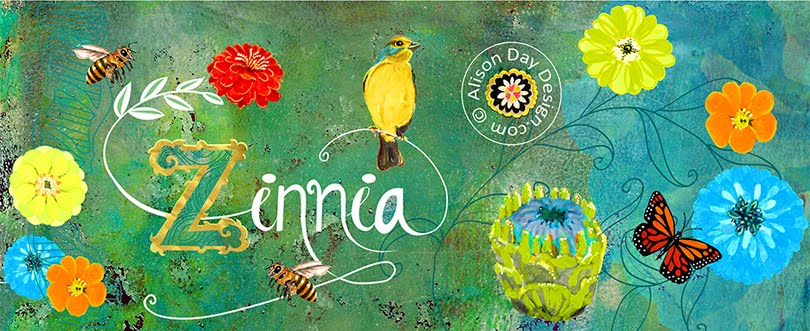Easter marks the re-awakening of life and the fact that Spring
is already in full swing after the long deathly months of winter. In its
religious context this is reflected by the celebration of the resurrection of
Jesus Christ from the dead after his crucifixion.
At Easter time the egg has long been given as a gift,
symbolizing rebirth and fertility. Often, this is in its simplest form as a savory
food courtesy of the chicken. Its more popular counterpart is sweet and
generally made out of chocolate. In most cases the egg is decorated, painted or
wrapped in brightly coloured foils. Hidden on the eve of Easter by the elusive
Easter Bunny, and hunted for by excited children the next day in Easter egg
hunts. This festival is one of the more delightful ones in the calendar year.
Historically there has been another genre of egg that was given
at Easter, which although quite inedible was at the same time quite fabulous in
its design and execution. These eggs were the Fabergé eggs, brainchild of Peter
Carl Fabergé and his brother, Agathon.
This series of eggs were crafted in the workshops of the House
of Fabergé between 1885 and 1917, having been commissioned by the Russian
tsars, Alexander III and Nicholas II for their wives as annual Easter gifts.
Peter Carl Fabergé was trained as a jeweler and goldsmith and
although his hand cannot actually be attributed to any of the Fabergé eggs, his
membership of the merchant’s guild meant that he had access to the best designers and craftsmen
around to execute his artistic vision. It
was through this that he was able to build up the company founded by his father
into one of international repute, creating artifacts influenced by ancient
styles as well as the then more modern art nouveau. This put the house of
Fabergé on a par with the American Tiffany & Co. The eggs were produced at the rate of
one a year until 1917 when the October Revolution led to the demise of the
imperial family, and Fabergé fled to Switzerland where he lived to the
end of his life in 1920. It is said that the Bolsheviks gave Fabergé ten
minutes to take his hat and leave.
The ingenuity and beauty of the eggs did not stop with the
amazing enameling; precious jewels, metals and guilloche décor of its outside,
but concealed an equally magnificent surprise inside. The first Fabergé egg,
made to the delight of the Tsarina Maria Feodorovna’s (the whereabouts of which
remains a mystery to this day) was a plain white egg with a simple gold band
round the outside. The removable gold yolk within produced a multicolored hen
with engraved feathers and rubies for eyes sitting on a nest. By pushing the
beak upwards two more surprises were revealed; a tiny ruby egg-shaped pendant
suspended inside a replica of a diamond set replica of the Imperial crown.
There are said to be a total of fifty Imperial Easter Eggs in
the world, including the nine owned by the Russian energy tycoon Victor
Vekselberg. He bought the eggs from the Forbes family collection auctioned at Sotheby’s;
with a view to returning to Russia
part of its cultural heritage. Ten can be found in the Moscow
Kremlin Collection; five are at the Virginia
Museum of Fine Arts in Richmond, Virginia.
Britain's
Queen Elizabeth owns three. Others are in the United
States, Switzerland
and Monaco.
The whereabouts of eight is still unknown.
Today descendants of the Fabergé
brothers continue creating artifacts and reproductions to keep the Fabergé name alive.
©
Alison Day
First
published in the Connections magazine #11
Spring 2006














